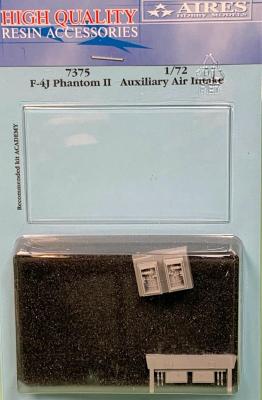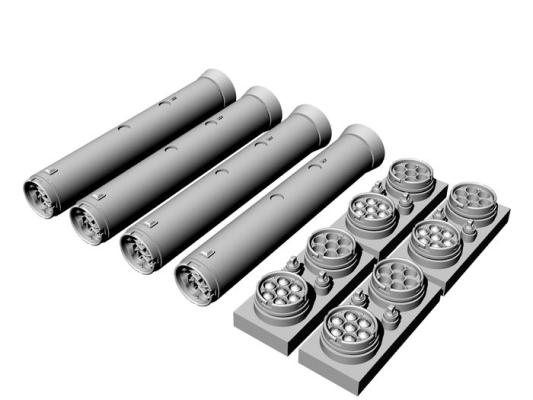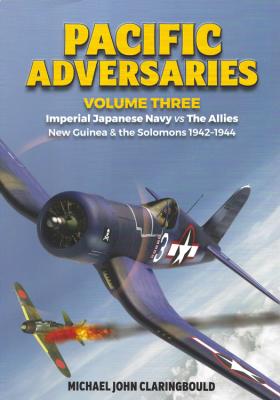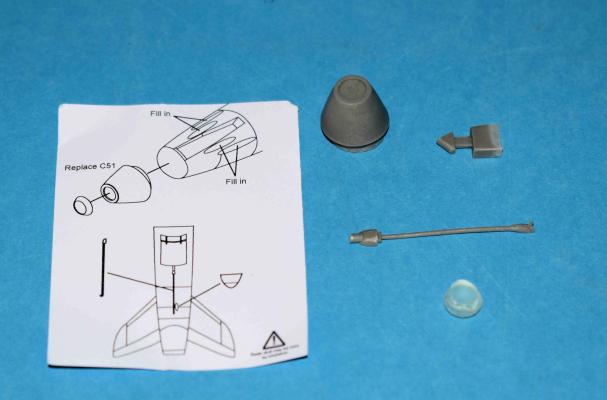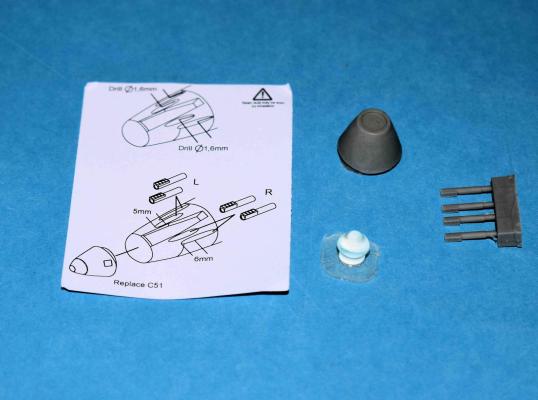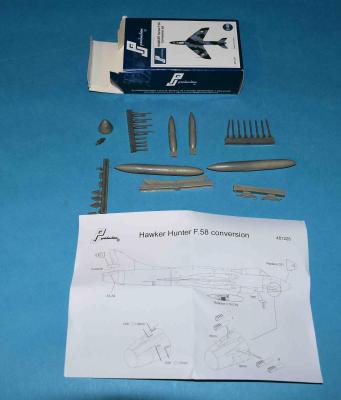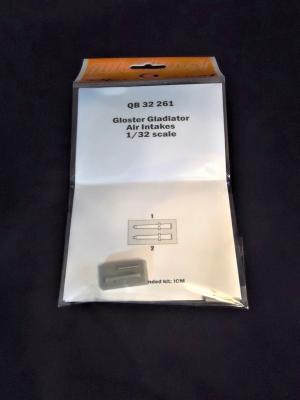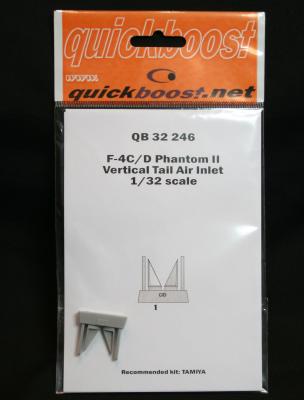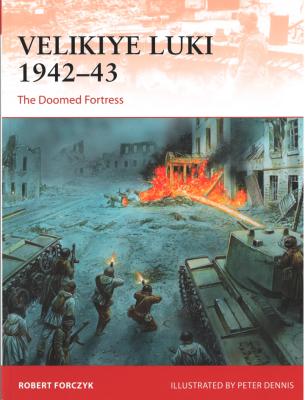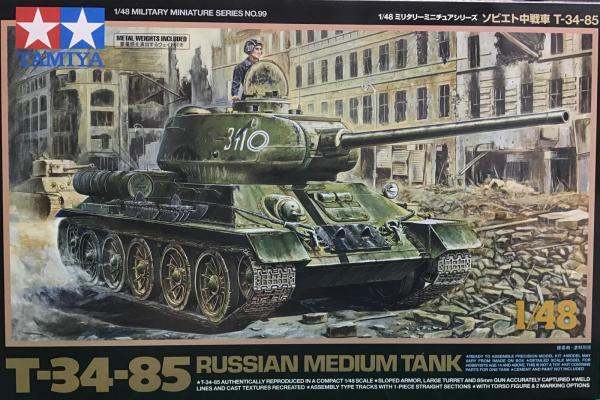This set provides replacement parts for the auxiliary air intakes and associate doors for Academy’s recent 1/72 F-4J kit. The set includes replacement bays for each side, replacing the single part provided in the kit. The set also includes replacement doors and actuators for the doors, again replacing the somewhat simplified kit parts.
What's New
The LAU-131 is a seven shot rocket pod commonly used on USAF fighter, attack and rotary wing aircraft. A variety of rockets can be caried in this pod including the Hydra 70 rocket. This set is for the original LAU-131A which is shorter than the extended version LAU-131A/A that can carry APKWS II.
Packaged in a sturdy plastic box, resin is protected by bubble wrap with all parts flash free and cast in light gray resin. A nice touch is the pour block on the pod is on the underside opposite the side on where it connects to the pylon. This makes it easy to remove that portion and sand contour without damaging features.
This is the third installment of Claringbould’s accounts of aerial combat between Japanese and Allied air forces. Volume 3 continues with accounts of Japanese Naval Air Force operations in the Solomons and New Guinea from 1942 to 1944 against Allied forces - USN, USAAF, Australian and New Zealand. Everything that I wrote previously about Vol. 2 applies here regarding the author’s approach to documenting both side’s account of individual actions by researching official records, eyewitness testimony, personal narratives and diaries, and often evidence obtained from recently discovered wreckage.
PJ Productions from Belgium continues with their simple conversions allows the Airfix F.6 to become a GA.11 single-seat training version for the Royal Navy. Looking around the Internet, there were 40 GA.11 airframes converted by adding an arrester hook, adding a Harley light to the nose and eliminating the guns. The starting kit is the Airfix Hunter F.6. I am sure the Academy F.6 could also possibly work.
This simple conversion from PJ Productions in Belgium allows the Airfix F.6 to become a FR.10 reconnaissance version. Looking around the Internet, it looks like the FR.10 is a single-seat reconnaissance version with 33 made of rebuilt F.6 airframes. The starting kit is the Airfix Hunter F.6. I am sure the Academy F.6 could also possibly work.
One of the latest conversions from PJ Productions in Belgium is the set to convert the Airfix 1/48th Hawker Hunter F.6 to a F.58 which is the export version for Switzerland. A total of 88 were built and 12 converted for an even 100 airframes. Changes addressed by this conversion include a new nose to the aircraft, under wing rocket option, Side blister under the cockpit, change to tail fairing, fuel tanks and various antennas. All this comes from 34 resin parts which are very well cast. There are no decals for the markings and those will need supplied elsewhere.
ICM’s Gloster Gladiator series in 1/32nd have to be one of the most anticipated kits of the year, and having built all of them (so far) I can honestly say they are a delight and a wonderful addition to my collection. However, the small air intakes associated with the detailed engine build were a bit of a trial. Consisting of three parts each, they were a fiddly assembly and due to the nature of the sprue attachments, it was all too easy to damage the thin nozzle rim on removal (I speak from experience).
Tamiya once set the standard with their 32 scale F-4 Phantom II kits and these still dominate the market with their attention to detail. While being on top of the modeling empire, the leaders do lack at times in details and the nature of injection molding that makes some detail difficult if almost impossible. Quickboost came to the rescue with this little gem that will close out the leading edge of your Phantom tail. In 32 scale and on top of the model, this is a highly visible addition.
The replacement vertical tail vent comes in a sealed bag with picture of the parts and what portions to trim (on one part) and a reference to what part number it replaces on the kit. There are two identical vents in the package so depending on how many Phantoms you have, one set could last a while. This is the extent of the instructions which is all that is needed for this simple set. The resin is flash free and zero bubbles for a flawless surface.
When the Nazi invasion of the Soviet Union, known as Operation Barbarossa, began on 22 June 1941, it would quickly become the campaign that would destroy the Nazi Empire. Long before the battle of Berlin began in 1945, there were a thousand moments of violence and drama that would define this struggle. While many know the broad strokes of the eastern front, these individual battles within larger campaigns remain in the shadows. This book focuses on one of those struggles.
Bottom Line Up Front
A surprising swing and a miss for Tamiya on this kit. Technically this kit is very well done, but it’s rather boring and uninspiring. The kit is well engineered with many "modeler-friendly" features that make it a simple, quick build. The kit is molded in dark green plastic with hull weights, link-and-length tracks, poly caps, braided copper wire for the tow cables. Decals depict two vehicles from the Battle of Berlin in 1945. This is a "new tool" kit that does not use any parts from Tamiya’s earlier T-34/76 kit with the die-cast hull.

